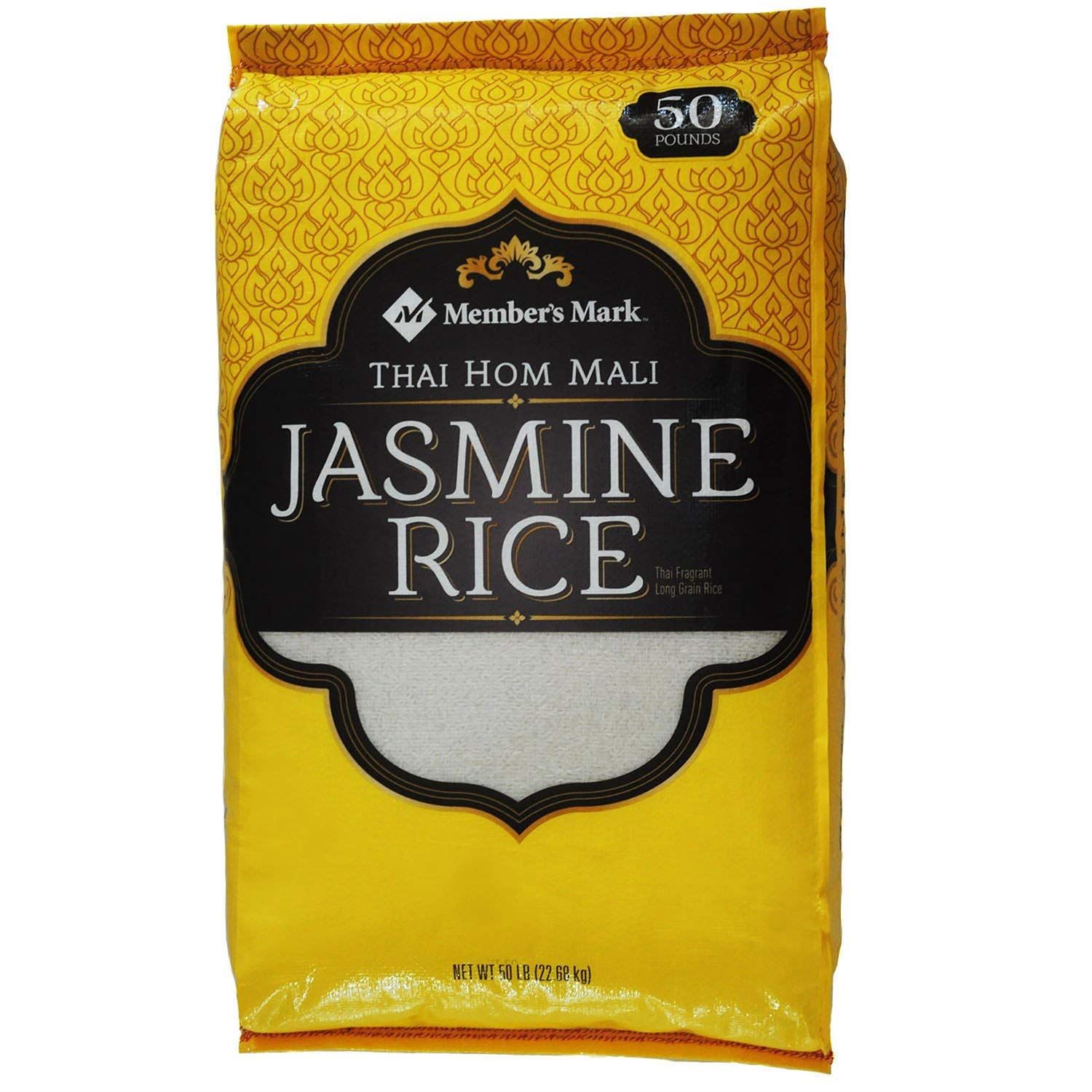

Articles
How To Store 50 Lb Bag Of Rice
Modified: January 6, 2024
Discover the best techniques for storing a 50 lb bag of rice in this comprehensive articles. Keep your rice fresh and protected for long-term use.
(Many of the links in this article redirect to a specific reviewed product. Your purchase of these products through affiliate links helps to generate commission for Storables.com, at no extra cost. Learn more)
Introduction
Welcome to this comprehensive guide on how to properly store a 50 lb bag of rice. Whether you’re stocking up on supplies, preparing for emergencies, or simply looking for ways to keep your rice fresh for an extended period, this article will provide you with all the information you need.
Rice is a staple food for many cultures around the world, known for its versatility, nutritional value, and long shelf life. However, improper storage can lead to spoilage, degradation in quality, and the growth of harmful bacteria. Therefore, it is essential to take the necessary steps to ensure that your 50 lb bag of rice remains fresh and safe to consume.
In this article, we will guide you through the process of proper rice storage, including safety precautions, choosing the right storage container, preparing the storage area, and maintaining the ideal environment. We will also provide tips on how to extend the shelf life of your rice and avoid common pitfalls. So let’s dive in!
Key Takeaways:
- Properly storing a 50 lb bag of rice involves safety precautions, choosing the right container, preparing the storage area, and monitoring humidity levels to maintain freshness and quality.
- Implementing tips such as using oxygen absorbers, avoiding unnecessary exposure, and freezing can extend the shelf life of rice, ensuring long-term freshness and taste.
Safety Precautions
When it comes to storing a 50 lb bag of rice, safety should always be a top priority. Here are some important precautions to keep in mind:
- Inspect the bag: Before storing the rice, carefully inspect the bag for any signs of damage, tears, or pests. If you notice any issues, transfer the rice to a new bag or container to ensure its integrity.
- Handle with care: Due to its weight, lifting and maneuvering a 50 lb bag of rice can be challenging. Be cautious when lifting and avoid straining your back. Consider using proper lifting techniques or asking for assistance if needed.
- Wear protective gloves: It is advisable to wear clean, food-grade gloves when handling the rice to prevent any contamination from your hands. This is especially important if you have any wounds or cuts that can potentially introduce harmful bacteria.
- Keep out of reach of children: Ensure that the stored rice is out of reach of children to prevent accidents or potential hazards. Remember that a 50 lb bag of rice can be too heavy for a child to handle safely.
- Avoid moisture and pests: Moisture is the enemy of rice storage, as it can lead to mold growth and spoilage. Keep the rice away from damp areas or sources of water. Additionally, ensure that the storage container is airtight and pest-resistant to avoid infestations.
- Check for expiration dates: While rice has a long shelf life, it is important to check if the bag has an expiration date. Avoid storing rice that is past its expiration date as it may have already started to degrade in quality.
Following these safety precautions will help ensure the overall quality and safety of the rice you store. Remember, it’s better to be safe than sorry!
Choosing the Right Storage Container
When it comes to storing a 50 lb bag of rice, selecting the appropriate storage container is crucial for maintaining its freshness and preventing any contaminants from affecting the rice. Here are some factors to consider when choosing the right storage container:
- Material: Opt for food-grade containers made of materials that are safe for storing food. Look for containers made of plastic, glass, or metal that are specifically labeled as food-safe.
- Airtight: It is essential to choose a container that has an airtight seal. This will help prevent moisture, pests, and air from entering the container, keeping the rice fresh for an extended period.
- Size: Select a container that can comfortably accommodate the entirety of the 50 lb bag of rice. Avoid using containers that are too small, as this can cause the rice to spill or become compressed.
- Transparency: Consider opting for a container that is transparent or has a see-through portion. This allows you to easily monitor the rice and check for any signs of spoilage, pests, or moisture accumulation.
- Durability: Choose a storage container that is sturdy and can withstand the weight and pressure of the rice. It should be able to protect the rice from any external factors that may compromise its quality.
- Pest resistance: Look for containers that have features to deter pests, such as tight-fitting lids or seals. This will help prevent insects or rodents from accessing and contaminating the rice.
There are several options available for storing rice, including large plastic bins, glass jars with airtight lids, or metal containers with sealable covers. Ultimately, the choice depends on personal preference and the availability of suitable containers. Remember to thoroughly clean and sanitize the chosen container before transferring the rice into it to ensure a clean storage environment.
By selecting the right storage container, you can protect your 50 lb bag of rice from external factors and maintain its quality and freshness for an extended period.
Preparing the Storage Area
Before storing your 50 lb bag of rice, it is essential to prepare the storage area to create an optimal environment for long-term storage. Follow these steps to ensure the area is clean and suitable for storing rice:
- Clean the storage space: Clear out any debris, dust, or existing food items from the storage area. Sweep or vacuum the space to ensure it is free of dirt or contaminants.
- Sanitize the area: Use a food-safe cleaning solution to thoroughly sanitize the storage area. Pay special attention to surfaces that will come into contact with the rice, such as shelves, containers, or storage bins. Allow the area to dry completely before proceeding.
- Control temperature: Rice is best stored in a cool and dry environment to maximize its shelf life. Aim for a temperature between 40°F (4°C) and 70°F (21°C), and avoid areas that are prone to extreme temperature fluctuations, such as near heaters, stoves, or windows.
- Monitor humidity levels: Rice should be stored in a low humidity environment to prevent moisture absorption and mold growth. Ideally, the humidity should be below 60%. If necessary, you can use dehumidifiers or moisture-absorbing products to maintain the desired humidity level.
- Avoid direct sunlight: Exposure to direct sunlight can cause the rice to deteriorate and lose its quality. Place the storage containers in a dark or dimly lit area, away from windows or any other source of direct sunlight.
- Ensure proper ventilation: While it is crucial to keep the rice in an airtight container, it is equally important to provide adequate ventilation in the storage area. This helps prevent the build-up of any odors or stale air, which can affect the quality of the rice.
By taking these preparatory steps, you are creating an ideal storage area for your 50 lb bag of rice. This will help maintain its freshness, flavor, and nutritional value, ensuring that you have a sustainable and reliable source of rice when needed.
Packing the Bag of Rice
Once you have chosen the right storage container and prepared the storage area, it’s time to pack the 50 lb bag of rice for optimal storage. Follow these steps to pack the bag efficiently:
- Inspect and reseal the bag: Before transferring the rice, carefully inspect the bag again for any damages or tears. If there are any issues, consider transferring the rice to a new bag or using a food-safe plastic liner to maintain the bag’s integrity.
- Open the bag: Carefully open the top of the bag, ensuring that you have enough space to easily access and pour the rice into the storage container.
- Transfer the rice: Gradually pour the rice from the bag into the storage container. Take your time to ensure that the rice flows smoothly without any spills or mess. If necessary, use a funnel or scoop to help guide the rice into the container.
- Do not compress the rice: Avoid pressing or compacting the rice in the storage container. It is important to allow some air space within the container to prevent the rice from becoming compressed, which can affect its quality and texture.
- Seal the container: Once the rice is transferred, securely seal the storage container to create an airtight environment. Check for any gaps or openings and make sure the lid or cover is tightly sealed to prevent moisture or pests from entering.
- Label the container: Properly label the storage container with the date of storage and the type of rice. This will help you keep track of the rice’s shelf life and easily identify it among other stored items. Consider using waterproof labels or markers to ensure the information remains visible.
By following these steps, you can efficiently pack your 50 lb bag of rice into the storage container while maintaining its quality and freshness. Properly sealed and stored, your rice will be ready to use whenever you need it.
Store the 50 lb bag of rice in a cool, dry place, away from direct sunlight and moisture. Use a sealed container to prevent pests and keep the rice fresh for longer.
Storing the Bag in a Cool and Dry Place
After packing the 50 lb bag of rice into the storage container, it is crucial to find an appropriate location to store it. Follow these guidelines to ensure your rice remains fresh:
- Choose a cool location: Select a storage area that remains consistently cool throughout the year. Ideally, the temperature should range between 40°F (4°C) and 70°F (21°C). Avoid areas near heat sources like stoves, ovens, or direct sunlight, as excessive heat can negatively impact the quality of the rice.
- Avoid humidity: High humidity levels can promote the growth of mold and accelerate the degradation of rice. Ensure that the storage area is dry and well-ventilated, with a humidity level below 60%. Use dehumidifiers or moisture-absorbing products if necessary.
- Protect from pests: Rice can attract pests such as rats, insects, or weevils. Make sure the storage area is sealed and secure to prevent any infestations. Consider using pest control methods like traps, baits, or natural deterrents to discourage pests from entering the storage space.
- Avoid temperature fluctuations: Rapid temperature changes can cause condensation inside the storage container, leading to moisture build-up and potential damage to the rice. Choose a storage location that maintains a relatively stable temperature to avoid fluctuations.
- Keep it off the floor: Elevate the storage container off the floor using pallets, shelves, or sturdy risers. This helps to prevent moisture absorption from the ground and minimizes the risk of pests accessing the rice.
- Rotate the rice: If you are storing multiple bags of rice, practice proper rotation by using the oldest stock first. This ensures that the rice is consumed before it reaches its expiration date, allowing you to maintain a fresh and reliable supply.
By following these guidelines and finding a suitable cool and dry location for your stored rice, you can maximize its shelf life and preserve its quality and taste for an extended period.
Monitoring and Maintaining the Storage Area
To ensure the long-term freshness and quality of your stored rice, it is important to consistently monitor and maintain the storage area. By following these tips, you can extend the shelf life of your rice and prevent any potential issues:
- Regularly check for signs of spoilage: Periodically inspect the storage container for any signs of mold growth, pests, or unusual odors. If you notice any of these signs, remove the affected rice and sanitize the storage container before repacking.
- Control humidity levels: Continuously monitor and maintain the humidity levels in the storage area. If the humidity rises above 60%, it can lead to moisture absorption and spoilage. Use dehumidifiers or moisture-absorbing products as necessary to keep the environment dry.
- Ensure proper ventilation: Proper airflow is essential to prevent the build-up of stagnant air and potential odors. Regularly check for any blockages or obstructions around the storage container and ensure that the area is well-ventilated.
- Inspect storage containers: Every few months, inspect the integrity of the storage containers. Check for any cracks, leaks, or damage that could compromise the airtight seal. Replace or repair damaged containers to maintain optimal storage conditions.
- Rotate the rice: If you have multiple bags or containers of rice, remember to practice proper rotation. Use the oldest stock first and replenish it with fresh rice. This helps ensure that the rice is consumed before it reaches its expiration date and maintains a consistent supply.
- Keep the storage area clean: Regularly clean and sanitize the storage area, including shelves, containers, and surrounding surfaces. Remove any debris, dust, or spills to prevent contamination and maintain a hygienic environment for the rice.
- Monitor temperature: Keep an eye on the temperature in the storage area. Fluctuations outside the recommended range of 40°F (4°C) to 70°F (21°C) can affect the quality of the rice. Adjust the storage area or move the containers if necessary to maintain a stable temperature.
By consistently monitoring and maintaining the storage area, you can ensure that your rice remains fresh and safe for consumption. Regular inspections and proper maintenance will help you detect and address any potential issues before they impact the quality of the stored rice.
Tips for Extending Rice Shelf Life
While rice already has a long shelf life, there are a few additional steps you can take to further extend its freshness and quality. Here are some helpful tips:
- Store in smaller portions: If you don’t frequently use large amounts of rice, consider dividing the 50 lb bag into smaller, airtight containers. This will minimize exposure to air and moisture each time you open a container, preserving the quality of the remaining rice.
- Use oxygen absorbers: Oxygen absorbers are food-safe packets that help reduce the oxygen levels inside the storage container. This can help slow down the oxidation process and inhibit the growth of oxygen-dependent pests. Follow the manufacturer’s instructions when using oxygen absorbers.
- Avoid unnecessary exposure: Each time the storage container is opened, the rice is exposed to air, humidity, and contaminants. Try to minimize unnecessary opening and closing of the container to maintain optimal conditions and prolong the shelf life of the rice.
- Avoid moisture absorption: Moisture can hasten rice spoilage and the growth of mold or bacteria. Store rice away from areas with high humidity or moisture sources, and consider adding moisture-absorbing packets or silica gel packs to the storage containers.
- Keep it away from strong odors: Rice can absorb strong smells from neighboring items, affecting its taste and aroma. Avoid storing rice near pungent foods like spices, onions, or cleaning chemicals to preserve its natural flavors.
- Consider freezing: If you have space in your freezer, portioning out rice and storing it in airtight freezer bags can extend its shelf life even further. Frozen rice can maintain its quality for up to 6 months. Thaw and cook frozen rice as needed.
- Label and date: Properly label each container with the type of rice and the date of storage. This will help you keep track of its freshness and easily identify the oldest stock for rotation purposes.
- Use proper handling techniques: When scooping rice from the storage container, use clean utensils to avoid introducing contaminants. Preferably, use rice within a year of purchase to ensure optimal taste and quality.
- Monitor for pests: Regularly inspect the storage area and containers for signs of pests, such as insects or rodents. If you notice any activity, take immediate measures to eliminate them and ensure the rice remains uncontaminated.
By implementing these tips, you can maximize the shelf life of your rice and maintain its quality for a longer duration. Remember, proper storage practices are the key to preserving the taste, texture, and nutritional value of your rice.
Conclusion
Congratulations! You now have a comprehensive understanding of how to properly store a 50 lb bag of rice. By following these guidelines and implementing the tips mentioned throughout this article, you can ensure that your rice remains fresh, safe to consume, and retains its quality for an extended period.
Remember, safety precautions should always be a top priority when handling and storing rice. Inspect the bag for any damages, handle it with care, and wear protective gloves to prevent any contamination. Keep the rice away from moisture and pests and check for expiration dates to ensure the rice is still within its prime.
Choosing the right storage container plays a crucial role in maintaining the freshness of rice. Look for food-grade containers that are airtight, pest-resistant, and durable. Once you have packed the rice, store it in a cool and dry place with proper ventilation to avoid moisture buildup and temperature fluctuations.
Regular monitoring of the storage area, maintaining cleanliness, and practicing rotation will help ensure the quality and freshness of your stored rice. Take necessary steps to control humidity levels and prevent pests from accessing the storage area. Smaller portions and the use of oxygen absorbers can also help extend the shelf life of rice.
By implementing these strategies, you can be confident that your 50 lb bag of rice will remain in optimal condition, ready for consumption whenever needed. Remember to label and date your containers to keep track of freshness and use proper handling techniques to avoid contamination.
Now that you have all the knowledge and tips at your disposal, enjoy the peace of mind that comes with having a well-stored and reliable supply of rice. Whether you’re planning for emergencies or simply stocking up on supplies, this guide has equipped you with the tools to store your 50 lb bag of rice effectively.
Happy storage and enjoy your fresh rice!
Frequently Asked Questions about How To Store 50 Lb Bag Of Rice
Was this page helpful?
At Storables.com, we guarantee accurate and reliable information. Our content, validated by Expert Board Contributors, is crafted following stringent Editorial Policies. We're committed to providing you with well-researched, expert-backed insights for all your informational needs.


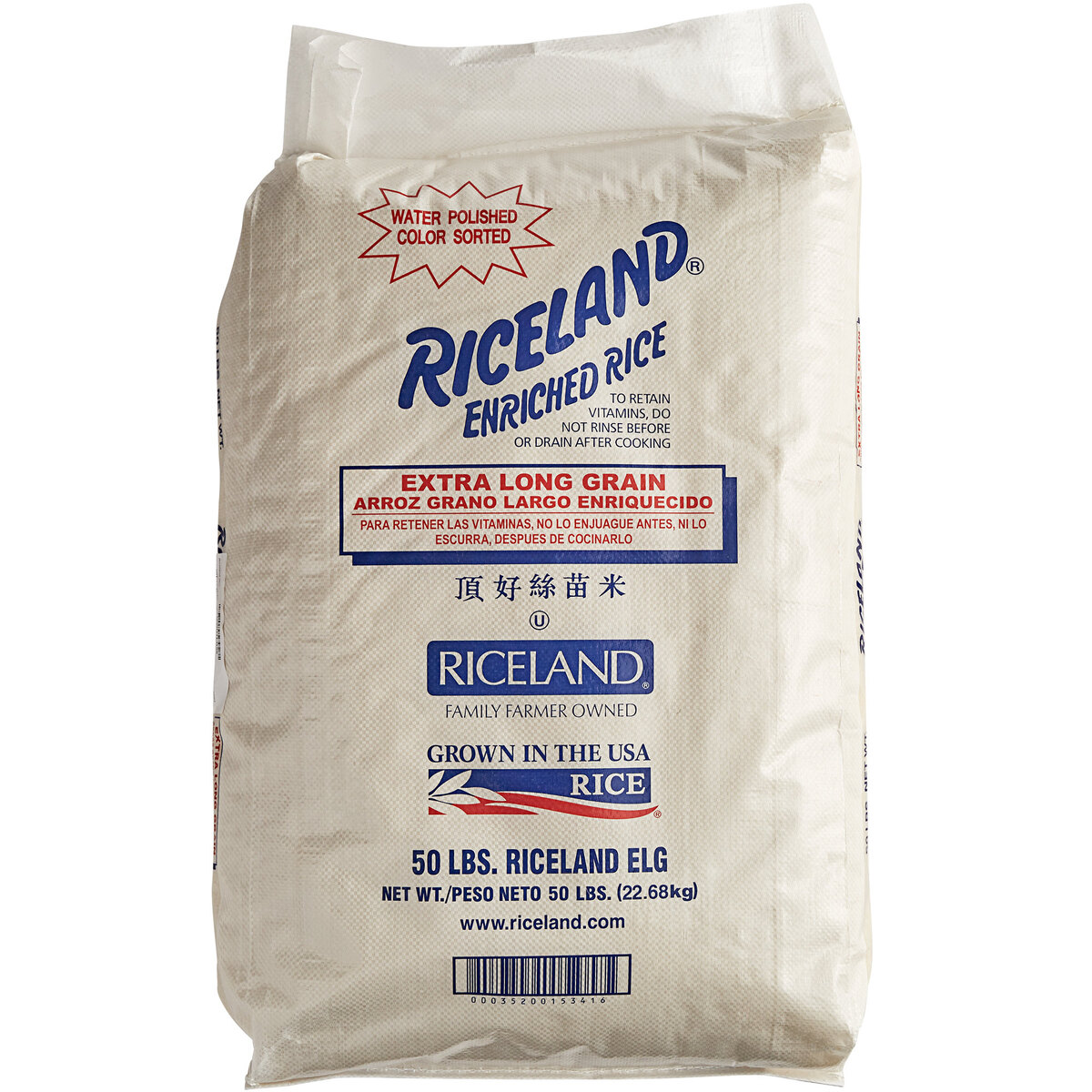
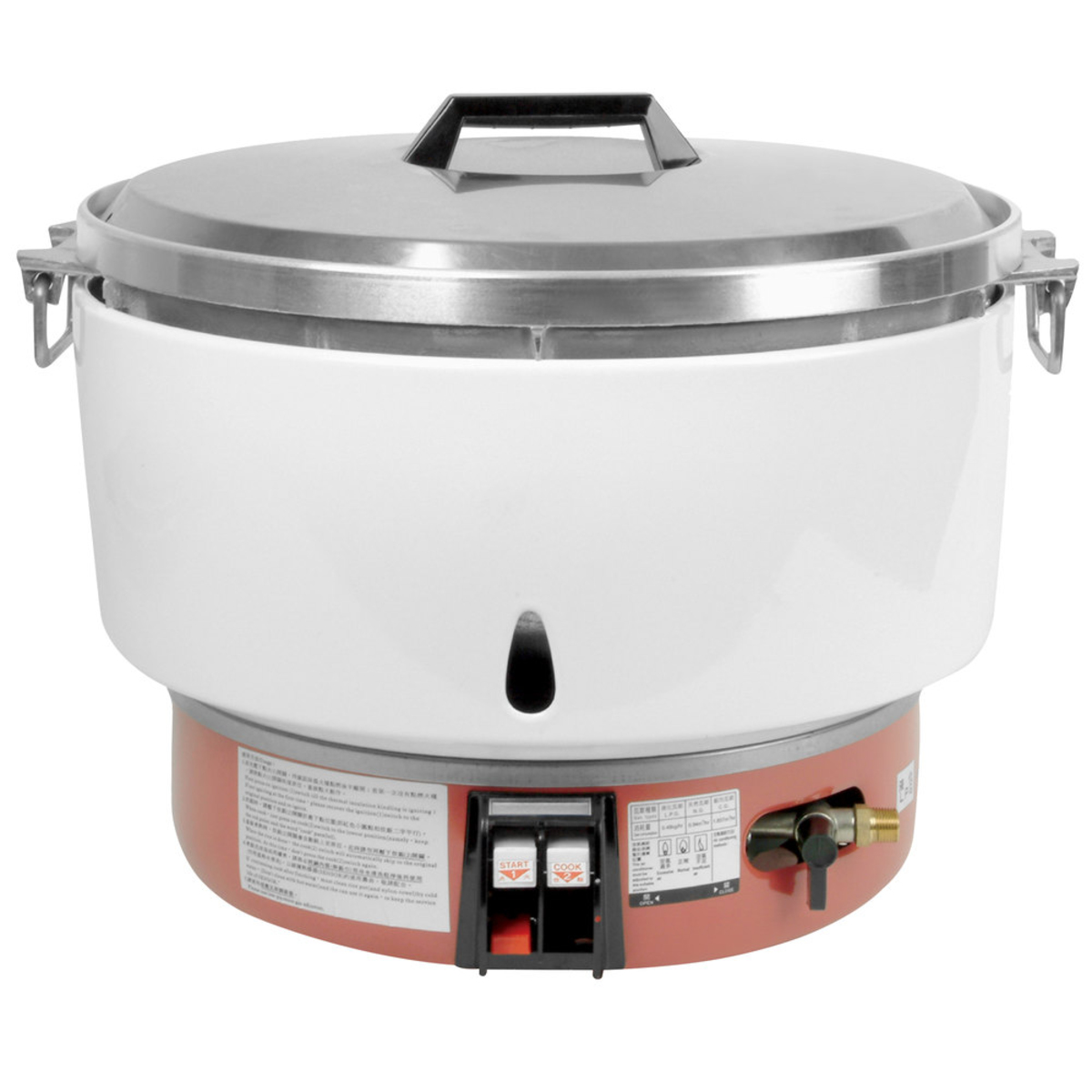


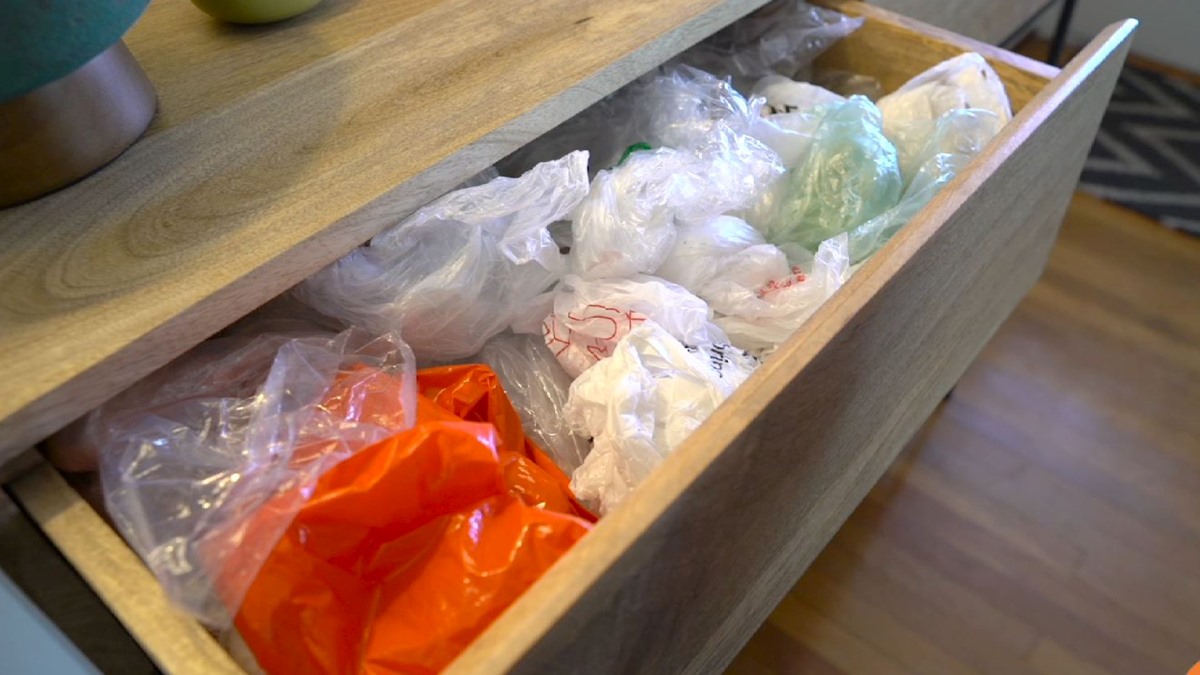





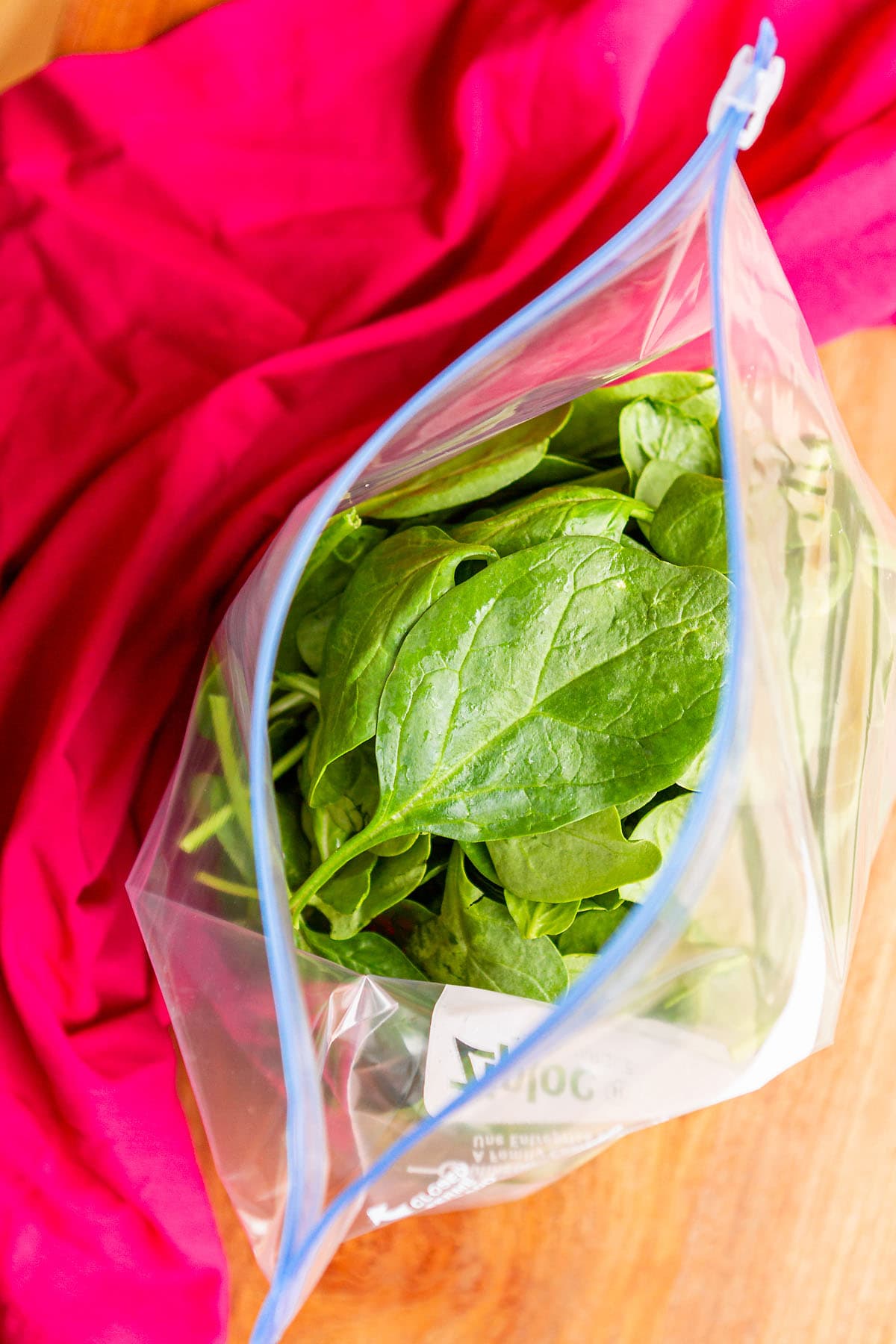


0 thoughts on “How To Store 50 Lb Bag Of Rice”